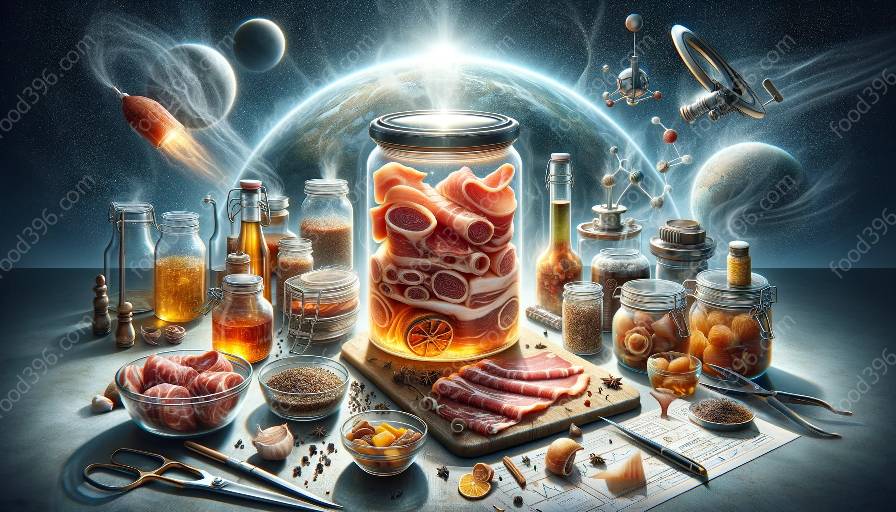Modified Atmosphere Packaging (MAP) is a popular method for extending the shelf life and preserving the quality of meat products. It involves altering the gaseous composition within a package to create an ideal environment for freshness. This article delves into the principles, benefits, and applications of MAP, exploring its compatibility with meat preservation techniques and its significance in meat science.
The Principles of Modified Atmosphere Packaging (MAP)
MAP works on the principle of controlling the gas composition surrounding the meat product to slow down deterioration, microbial growth, and enzymatic reactions that lead to spoilage. The packaging is designed to maintain a balance of oxygen (O2), carbon dioxide (CO2), and nitrogen (N2), tailored to the specific needs of the meat product. This controlled atmosphere helps to preserve the color, texture, flavor, and overall quality of the meat.
Benefits of Modified Atmosphere Packaging (MAP) for Meat
The benefits of using MAP for meat preservation are multifaceted. Not only does it extend the shelf life of the meat, but it also reduces food waste by preserving freshness and improving product safety. Additionally, MAP can enhance product presentation, providing consumers with visually appealing meat products that maintain their natural appearance for a longer period.
Applications of Modified Atmosphere Packaging (MAP) in the Meat Industry
MAP is widely applied in the meat industry for various products, including fresh cuts, processed meats, and marinated or seasoned products. It is an integral part of the supply chain, ensuring that meat reaches consumers in optimal condition. From vacuum-sealed steaks to pre-packaged deli slices, MAP plays a crucial role in maintaining the quality of meat products from production to consumption.
Compatibility with Meat Preservation Techniques
Modified Atmosphere Packaging (MAP) complements traditional meat preservation techniques, offering a modern and efficient method for extending the shelf life of meat. When used in conjunction with methods such as curing, smoking, and freezing, MAP can further enhance the preservation and safety of meat products. Its ability to inhibit microbial growth and slow down oxidation makes it a valuable tool in meat preservation.
The Significance of Modified Atmosphere Packaging (MAP) in Meat Science
In the field of meat science, MAP is a subject of great interest and study. Researchers and professionals aim to optimize MAP techniques to improve the storage and distribution of meat products without compromising their quality. Understanding the interplay of gases, packaging materials, and storage conditions within MAP contributes to advancements in meat science and technology.
Conclusion
Modified Atmosphere Packaging (MAP) is an essential aspect of meat preservation and meat science. Its ability to manipulate the gaseous environment within packages offers a promising solution for extending the shelf life, enhancing safety, and maintaining the quality of meat products. As technology continues to evolve, so too will the innovations in MAP, shaping the future of meat preservation and distribution.

